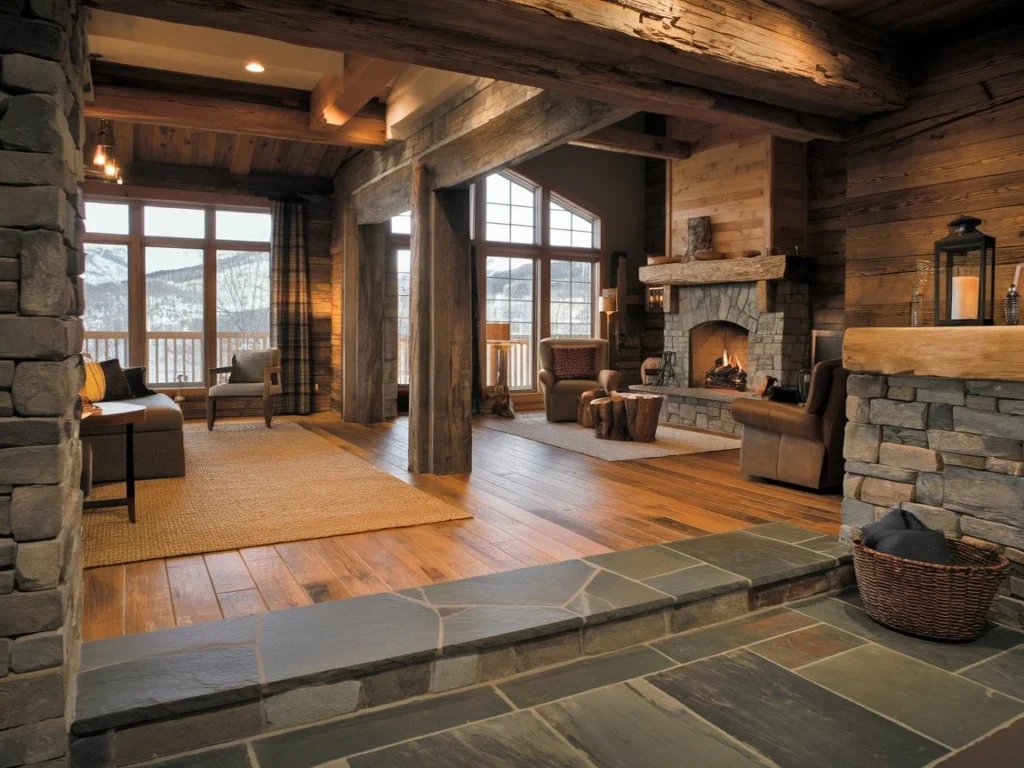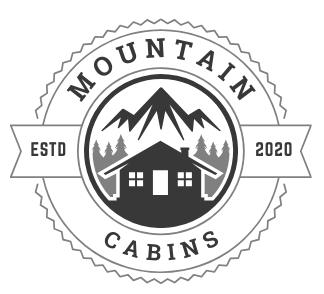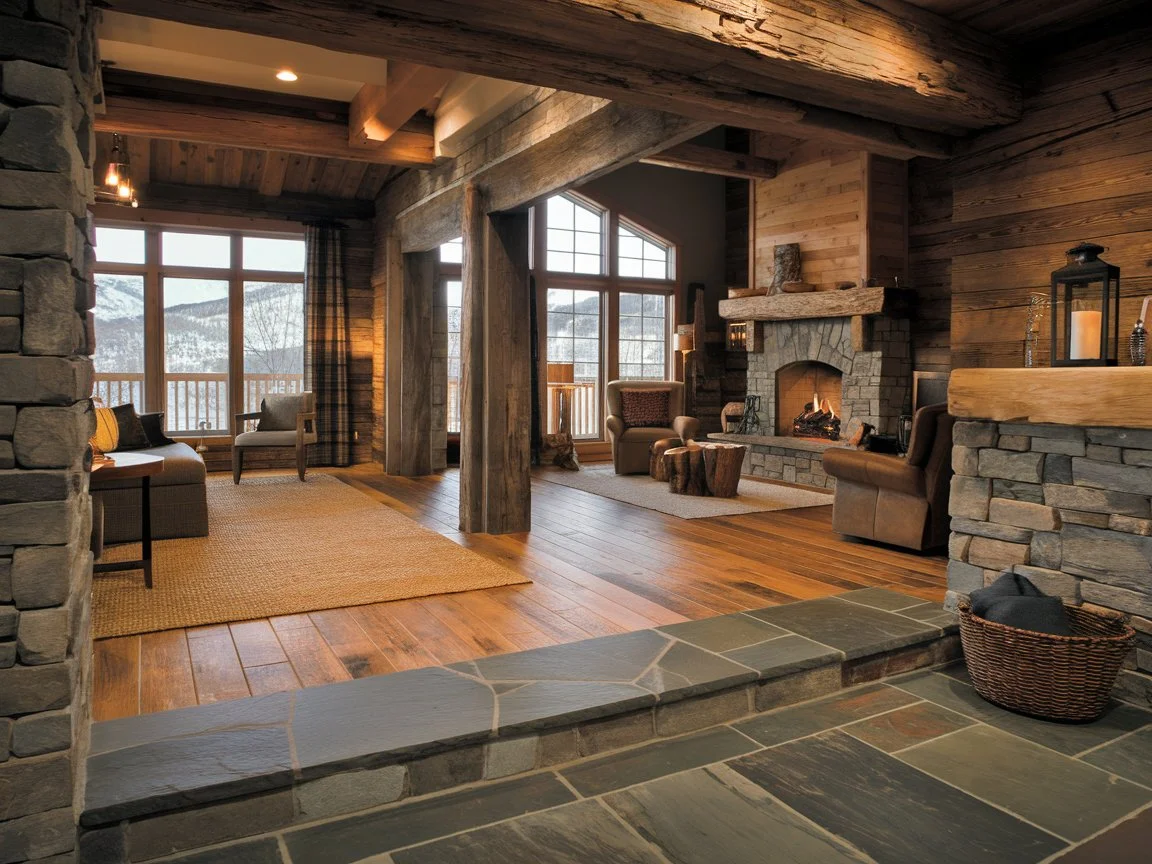
Introduction
Choosing the right flooring for your mountain cabin is essential for creating a warm, inviting, and durable space. Mountain environments present unique challenges, such as temperature fluctuations, moisture, and heavy foot traffic from outdoor activities. Flooring materials must not only complement the rustic charm of a cabin but also withstand these conditions while providing comfort and ease of maintenance.
From classic hardwood floors to modern, resilient options like luxury vinyl plank, each flooring type offers distinct advantages. Understanding these options will help you make an informed decision based on your cabin’s needs, climate, and personal preferences. In this guide, we’ll explore the best flooring materials, their benefits, and how to maintain them for long-lasting beauty and functionality.
Best Wood Flooring Options for a Cozy Cabin Feel
Wood flooring remains a popular choice for mountain cabins due to its natural beauty, warmth, and timeless appeal. There are several options to consider:
- Solid Hardwood Flooring: Traditional solid wood floors, such as oak, hickory, and pine, provide a rich and authentic cabin feel.
- Pros: Long-lasting, can be refinished multiple times, enhances resale value
- Cons: Can expand and contract with humidity changes, requires maintenance
- Engineered Wood Flooring: Composed of multiple layers with a hardwood veneer, engineered wood is a more stable option for cabins with fluctuating humidity levels.
- Pros: More resistant to moisture and temperature changes than solid hardwood, easier to install
- Cons: Limited refinishing potential compared to solid wood
- Reclaimed Wood Flooring: This eco-friendly option provides a rustic, aged look while promoting sustainability.
- Pros: Unique character, sustainable choice, highly durable
- Cons: Can be more expensive and harder to source
Stone and Tile Flooring: A Durable and Stylish Choice
For mountain cabins that require durability and resistance to the elements, stone and tile flooring are excellent choices.
- Slate Flooring: A naturally slip-resistant material, slate is ideal for high-traffic areas and entryways.
- Pros: Extremely durable, resists moisture and scratches, visually appealing
- Cons: Requires sealing to prevent stains, can be cold underfoot
- Travertine & Limestone: These natural stone options offer earthy tones that complement rustic aesthetics.
- Pros: Beautiful and timeless, adds value to the home
- Cons: Porous and requires sealing, can be prone to scratching
- Ceramic & Porcelain Tiles: Available in various styles, these tiles provide a practical yet stylish flooring solution.
- Pros: Low maintenance, water-resistant, wide variety of designs
- Cons: Can feel cold and hard underfoot without radiant heating
Carpet and Rugs: Adding Warmth and Comfort
While full carpeting is not always practical in a mountain cabin, rugs and carpeted areas can add warmth and coziness.
- Best Areas for Carpeting: Bedrooms and loft spaces benefit from carpet’s insulation properties, providing warmth during cold winters.
- Wool vs. Synthetic Rugs:
- Wool Rugs: Natural, highly durable, and excellent for insulation
- Synthetic Rugs: More affordable, stain-resistant, and easier to clean
- Layering Rugs: Placing area rugs over hardwood or stone floors can enhance comfort while adding texture and visual appeal.
Concrete and Alternative Flooring Options
For those seeking low-maintenance and modern alternatives, concrete and other innovative materials can be a great fit.
- Polished Concrete:
- Pros: Sleek, durable, low maintenance, and compatible with radiant heating
- Cons: Can feel hard underfoot without area rugs
- Luxury Vinyl Plank (LVP): A water-resistant material that mimics the appearance of hardwood.
- Pros: Budget-friendly, easy to install, highly durable
- Cons: May lack the authentic feel of real wood
- Cork Flooring: Eco-friendly and comfortable underfoot, making it a great alternative for living spaces.
- Pros: Soft, warm, and sustainable
- Cons: Requires sealing, not as durable as wood or stone
Flooring Maintenance Tips for Mountain Cabins
To ensure longevity and durability, proper flooring maintenance is crucial:
- Protect Floors from Moisture: Use rugs and mats at entryways to prevent water and mud damage.
- Regular Cleaning Practices:
- Sweep or vacuum frequently to prevent debris buildup.
- Use manufacturer-recommended cleaners for each flooring type.
- Apply Sealants and Finishes: Protect stone, wood, and concrete floors with appropriate sealants to extend their lifespan.
Choosing the Right Flooring Based on Cabin Usage
Selecting the right flooring also depends on how often the cabin is used and its primary function.
- Full-Time vs. Vacation Cabins: Durable, low-maintenance options like LVP or stone are better for full-time use, while solid wood or reclaimed wood may be ideal for vacation homes.
- High-Traffic vs. Low-Traffic Areas:
- High-traffic areas: Slate, tile, or LVP for durability
- Low-traffic areas: Hardwood, carpet, or cork for comfort
- Budget-Friendly Options: Consider engineered wood or LVP as cost-effective alternatives that still provide a rustic appeal.
Conclusion
Selecting the best flooring for your mountain cabin requires balancing aesthetics, durability, and maintenance needs. Whether you prefer the timeless charm of hardwood, the durability of stone, or the practicality of luxury vinyl, there is an option that suits every lifestyle and budget.
Investing in quality flooring ensures that your cabin remains warm, inviting, and resilient for years to come. By considering your climate, usage, and personal style, you can create a cozy retreat that blends natural beauty with long-lasting functionality.
For more ideas and inspiration, check out this helpful guide: Flooring Inc – Best Flooring for Cabins.
For more at Cabin Mountain – What Is the Easiest Type of Cabin to Build?

